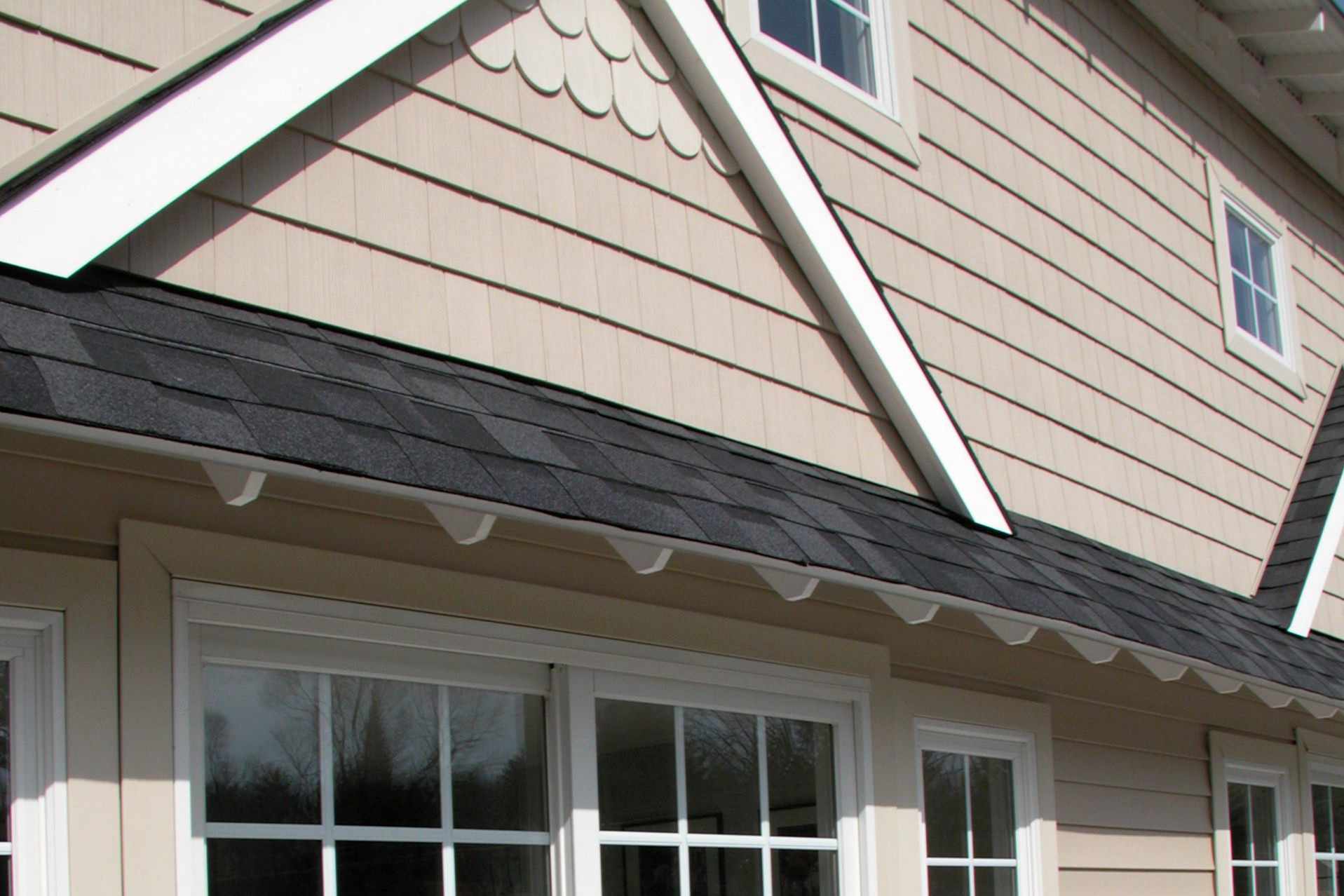

Articles
How To Tell What Type Of Siding You Have
Modified: October 28, 2024
Discover how to identify the type of siding on your home with these insightful articles. Learn about different materials and find the right maintenance tips!
(Many of the links in this article redirect to a specific reviewed product. Your purchase of these products through affiliate links helps to generate commission for Storables.com, at no extra cost. Learn more)
Introduction
When it comes to your home’s exterior, siding plays a vital role in both protection and aesthetics. It acts as a shield against the elements and gives your home a distinctive look. But what if you’re not sure what type of siding you have? Whether you’re planning a renovation project, need to make repairs, or simply want to know more about your home’s construction, identifying the type of siding is essential.
Fortunately, there are several methods you can use to determine what type of siding you have. In this article, we’ll explore the different techniques you can employ to uncover the mystery of your home’s siding. By examining the visual characteristics, measuring the thickness, performing a burn test, contacting the manufacturer, and consulting with a professional, you’ll soon have the answers you’re looking for.
Before we delve into the techniques, it’s important to note that identifying siding can be challenging, especially if your home was built a long time ago or has undergone multiple renovations. Siding materials have evolved over the years, with new options introduced and older ones phased out. But with a little detective work and the right information, you can narrow down the possibilities and make an accurate determination.
Now, let’s embark on this investigative journey to determine what type of siding adorns your home.
Key Takeaways:
- Uncover the mystery of your home’s siding by visually inspecting its texture, color, and pattern. Measuring thickness and performing a burn test can further narrow down the options, while contacting the manufacturer or consulting a professional provides expert insights.
- Identifying your home’s siding type is crucial for maintenance, repairs, and future projects. Visual inspection, measuring thickness, and performing a burn test are DIY methods, but contacting the manufacturer or consulting a professional can provide expert confirmation.
Read more: How To Tell What Type Of Grass You Have
Visual Inspection
One of the easiest ways to start identifying the type of siding you have is through a visual inspection. Take a close look at the exterior of your home, examining the texture, color, pattern, and overall appearance of the siding. This can provide valuable clues about the material.
If you have a brick exterior, this is a clear indication that your siding is made of brick or stone. Brick siding is known for its distinctive reddish-brown color and a smooth or textured surface. Stone siding, on the other hand, can be identified by its natural, irregular shapes and earthy tones.
If your siding has a clapboard or shingle-style design, it might be made of wood. Wood siding is characterized by its grain patterns, knots, and natural color variations. Additionally, wood siding may show signs of aging, such as warping or cracking, which can help confirm its composition.
For those with metal siding, such as aluminum or steel, the surface often has a smooth and shiny appearance. Metal siding can come in various colors and textured patterns. Look for any signs of corrosion or rust, as this can indicate the presence of metal.
Another common type of siding is vinyl, which has gained popularity due to its low maintenance and versatility. Vinyl siding is typically uniform in color and texture, with a smooth surface that mimics the appearance of wood or other materials. Look for seams where the panels join, as this can indicate vinyl siding.
If your siding has a stucco or plaster-like texture, it may be made of cementitious materials such as fiber cement or stucco itself. Cement board siding, a type of fiber cement, is durable and often designed to mimic the look of wood or other natural materials. Stucco siding is typically applied in a smooth or textured pattern and can be painted in various colors.
Remember that these are just general observations, and there can be variations within each siding type. It’s important to consider other factors and employ additional methods to confirm your findings. But the visual inspection is a great starting point in the process of identifying your siding type.
Measuring Thickness
Another method to determine the type of siding you have is by measuring its thickness. This can provide valuable insights into the material composition and help narrow down your options. However, keep in mind that this method may not be suitable for all siding types.
To measure the thickness, you’ll need a measuring tape or caliper. Start by selecting an inconspicuous area of your siding, such as the back or an edge. Carefully place the measuring tape along the width of the siding and note the measurement.
If your siding is less than 1/8 inch thick, it’s likely made of aluminum or another thin metal. Thin metal siding is commonly used for decorative purposes or as an overlay on existing siding materials.
If your measurement falls between 1/8 inch and 1/4 inch, it could indicate vinyl siding. Vinyl siding is relatively thin and lightweight, making it easy to handle and install.
A measurement between 1/4 inch and 1/2 inch might indicate the presence of fiber cement siding. Fiber cement is a composite material that combines wood fibers, cement, and other additives. It offers durability and can mimic the appearance of other siding materials, such as wood or stucco.
For measurements exceeding 1/2 inch, it’s likely that you have wood siding or another type of thick composite material. Wood siding can vary in thickness depending on the specific type of wood used and the style of siding, such as clapboard or shingles.
Keep in mind that these measurements are general guidelines, and the thickness can vary depending on the manufacturer and specific product. It’s always a good idea to consult the manufacturer’s specifications or reach out to a professional if you’re uncertain about your findings.
By measuring the thickness of your siding, you can gather important information that will help you narrow down the options and make a more accurate determination of your siding type.
Performing a Burn Test
Performing a burn test is another method you can use to identify the type of siding you have. This method is particularly useful for determining if your siding is made of wood or a synthetic material. However, it’s important to exercise caution when conducting a burn test and follow proper safety procedures.
Start by selecting a small, inconspicuous area of your siding for the burn test. You’ll need a small flame, such as a lighter or a match, to ignite the siding material. Hold the flame close to the siding and observe how it reacts.
If the siding catches fire immediately and burns rapidly, it’s likely made of wood. Wood siding will continue to burn and emit a distinct wood smell. The ashes produced will be light and powdery.
If the siding doesn’t catch fire or only smolders, it’s probably made of a non-combustible material, such as brick, stone, or metal. Non-combustible siding will resist burning and may only show signs of discoloration or melting.
For synthetic siding materials, such as vinyl or fiber cement, the reaction can vary. Vinyl siding will melt when exposed to heat, emitting a strong plastic smell. The melted vinyl will solidify into a ball or drip onto the ground. Fiber cement siding will resist burning and may only show signs of charring or discoloration.
It’s important to note that the burn test is not foolproof and should be used as a supplemental method to other identification techniques. Additionally, be mindful of your safety when performing the test. Conduct it in a well-ventilated area, use appropriate safety equipment, and have fire extinguishing tools nearby.
If you’re unsure about performing a burn test or have concerns about the safety risks, it’s best to consult a professional who can help identify your siding type through alternative methods.
By conducting a burn test, you can gather valuable information about the combustibility and composition of your siding, aiding in the identification process.
Look for the manufacturer’s label on the back of the siding, check the original home documents, or consult a professional to identify the type of siding you have.
Contacting the Manufacturer
If visual inspection and other methods haven’t yielded conclusive results, reaching out to the manufacturer can provide valuable information about your siding. The manufacturer will have detailed knowledge about the products they produce, including specific characteristics, installation guidelines, and material composition.
To contact the manufacturer, start by locating any labels, stamps, or markings on your siding that indicate the manufacturer’s name or contact information. These can typically be found on the back or underside of the siding panels. Make a note of the details and be prepared to provide them when contacting the manufacturer.
If you’re unable to find any direct contact information, the manufacturer’s website can be a helpful resource. Look for a “Contact Us” or “Customer Support” section on their website. Alternatively, you can use online search engines to find the manufacturer’s official website or contact their customer service team.
Once you’ve established contact with the manufacturer, provide them with the details of your siding, including any labels, markings, or unique characteristics. They may ask for additional information or photos to assist in identifying the specific product.
The manufacturer’s customer support team will have access to product databases, specifications, and technical knowledge to help you determine the type of siding you have. They may also be able to provide documentation or literature about the product, which can further aid in your identification process.
Keep in mind that response times may vary depending on the manufacturer and their customer support resources. Be patient and provide as much information as possible to ensure an accurate identification.
By contacting the manufacturer, you can tap into their expertise and gain insights that may not be readily available elsewhere. Their input can provide valuable confirmation of your siding type.
Read more: How To Tell If You Have Projector Headlights
Consult a Professional
If you’re still unable to determine the type of siding you have after exhausting other methods, it’s highly recommended to consult a professional. A siding contractor, home inspector, or building expert can provide valuable expertise and assistance in identifying your siding.
These professionals have extensive knowledge of various siding materials, construction techniques, and industry standards. They can assess your siding’s visual characteristics, perform tests, and draw on their experience to make an accurate determination.
To find a qualified professional, you can start by asking for recommendations from friends, neighbors, or local real estate agents who have experience in home construction or renovation. Online directories and review websites can also be valuable resources to find reputable professionals in your area.
When consulting with a professional about your siding, be prepared to provide as much information as possible. This can include details about the visual appearance, measurements, any manufacturer labels or markings, and any other relevant observations you’ve made.
The professional will likely conduct a thorough inspection of your siding, examining it from different angles and using specialized tools if necessary. They may also take samples for further analysis, such as laboratory tests or microscopic examination, to help in the identification process.
Keep in mind that consulting a professional may come with a cost, depending on their expertise and the complexity of the identification process. However, the investment is worthwhile in ensuring accurate information about your siding type.
Ultimately, the expertise and experience of a professional can provide the final verdict on your siding type. Their assessment will give you the confidence and peace of mind in knowing the specific characteristics and properties of your home’s exterior.
Conclusion
Identifying the type of siding your home has is important for various reasons, whether it’s for repairs, renovations, or simply satisfying your curiosity about your home’s construction. Through visual inspection, measuring thickness, performing a burn test, contacting the manufacturer, and consulting a professional, you can uncover the mystery of your siding and gain valuable insights into its composition.
Visual inspection is a great starting point, allowing you to observe the texture, color, and overall appearance of the siding. This can provide initial clues about the material. Measuring the thickness gives you tangible data to narrow down your options, while a burn test can help differentiate between wood and synthetic materials. Contacting the manufacturer provides direct access to their expertise and product knowledge, while consulting a professional ensures a thorough assessment from a knowledgeable expert.
It’s important to note that identifying siding can be challenging, especially with the variety of materials and styles available. It may require a combination of methods and the assistance of professionals to determine the exact siding type.
By taking the time to investigate and identify your siding, you can make informed decisions regarding maintenance, repairs, or future improvement projects. Additionally, knowing the type of siding can also be helpful for insurance purposes or when selling your home.
Remember, if you’re unsure or have concerns about the identification process, it’s always advisable to consult a professional. They have the expertise and experience to accurately determine the type of siding you have.
So, don’t let the mystery of your siding remain unsolved. Embark on this investigative journey using the methods shared in this article, and soon you’ll unlock the secrets of your home’s exterior.
Frequently Asked Questions about How To Tell What Type Of Siding You Have
Was this page helpful?
At Storables.com, we guarantee accurate and reliable information. Our content, validated by Expert Board Contributors, is crafted following stringent Editorial Policies. We're committed to providing you with well-researched, expert-backed insights for all your informational needs.


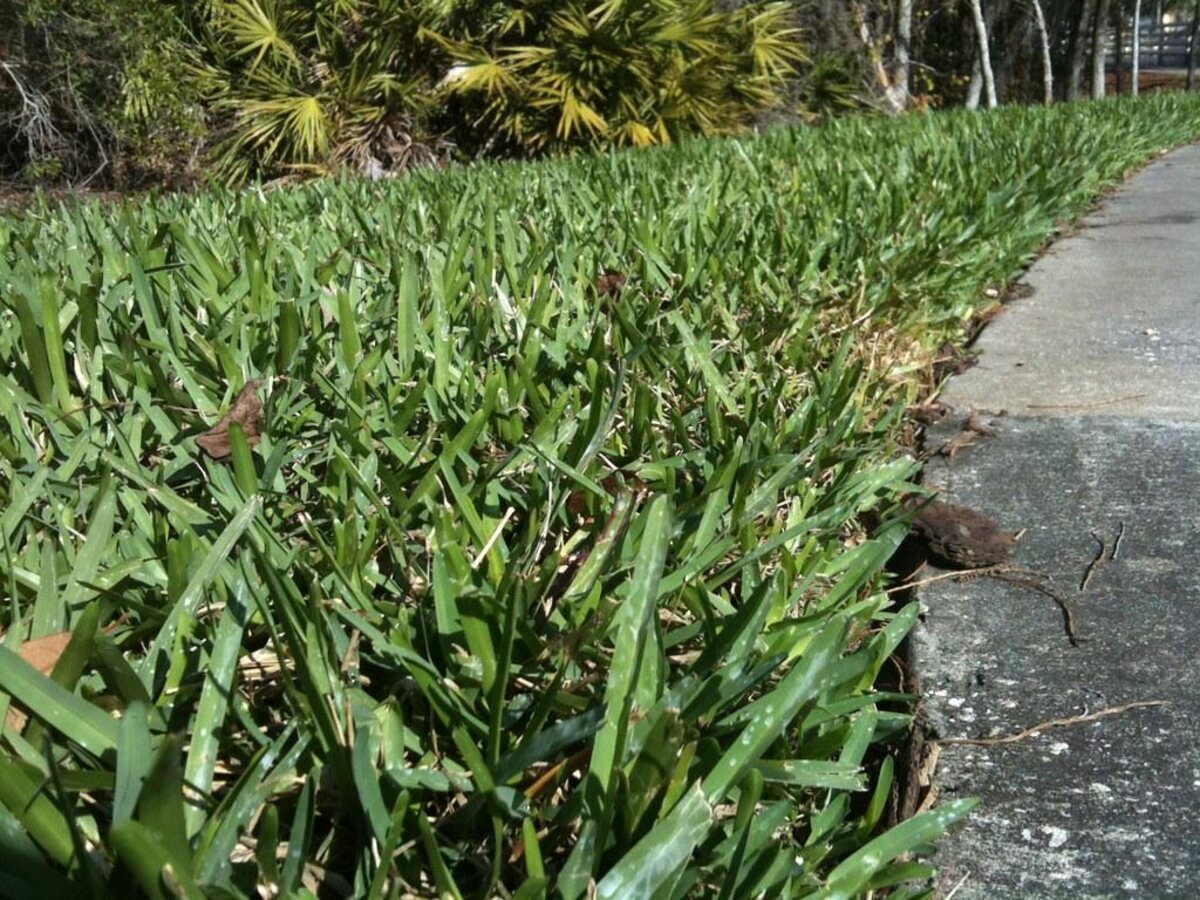

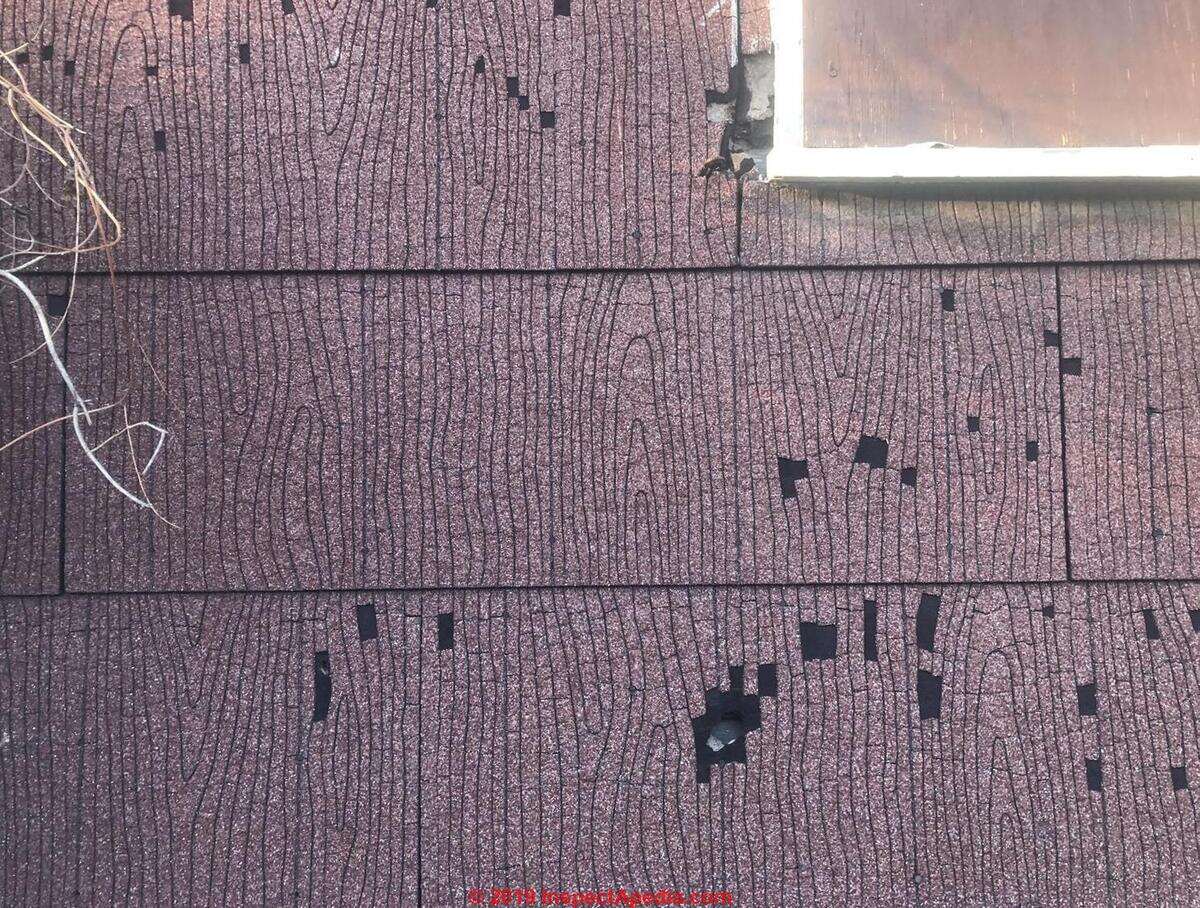



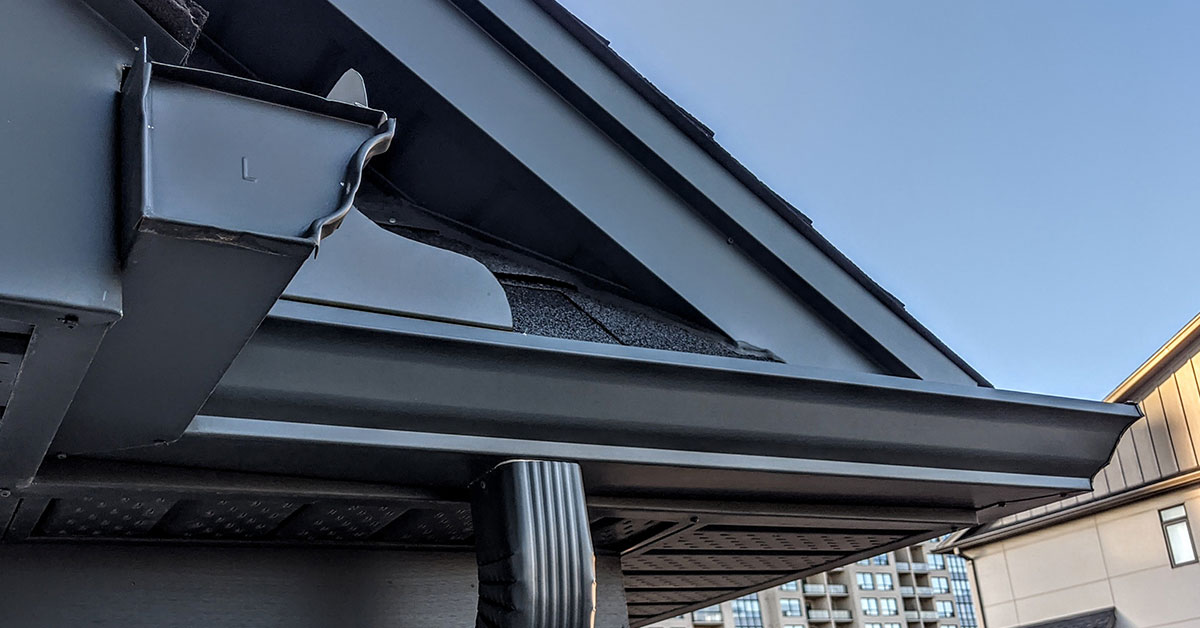



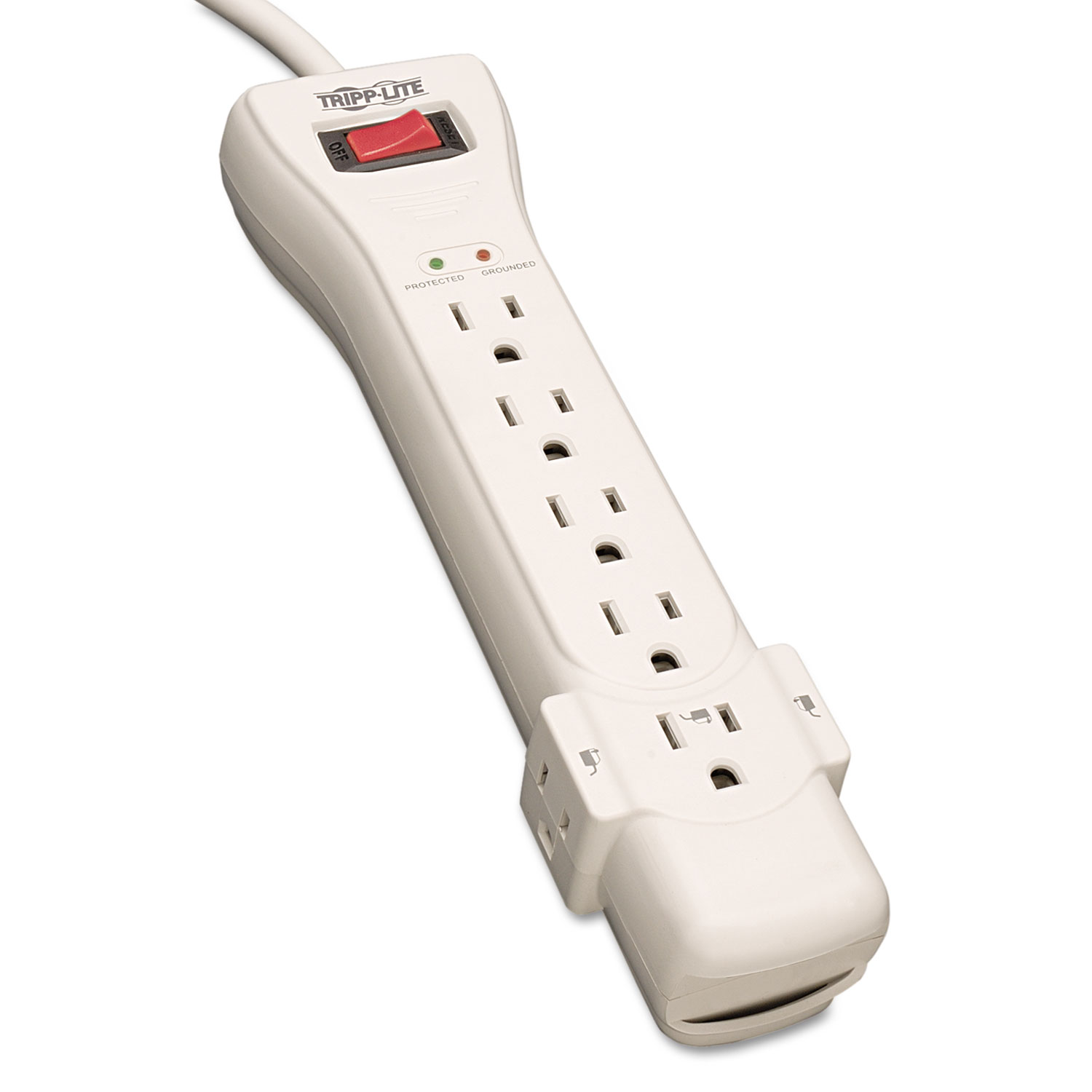
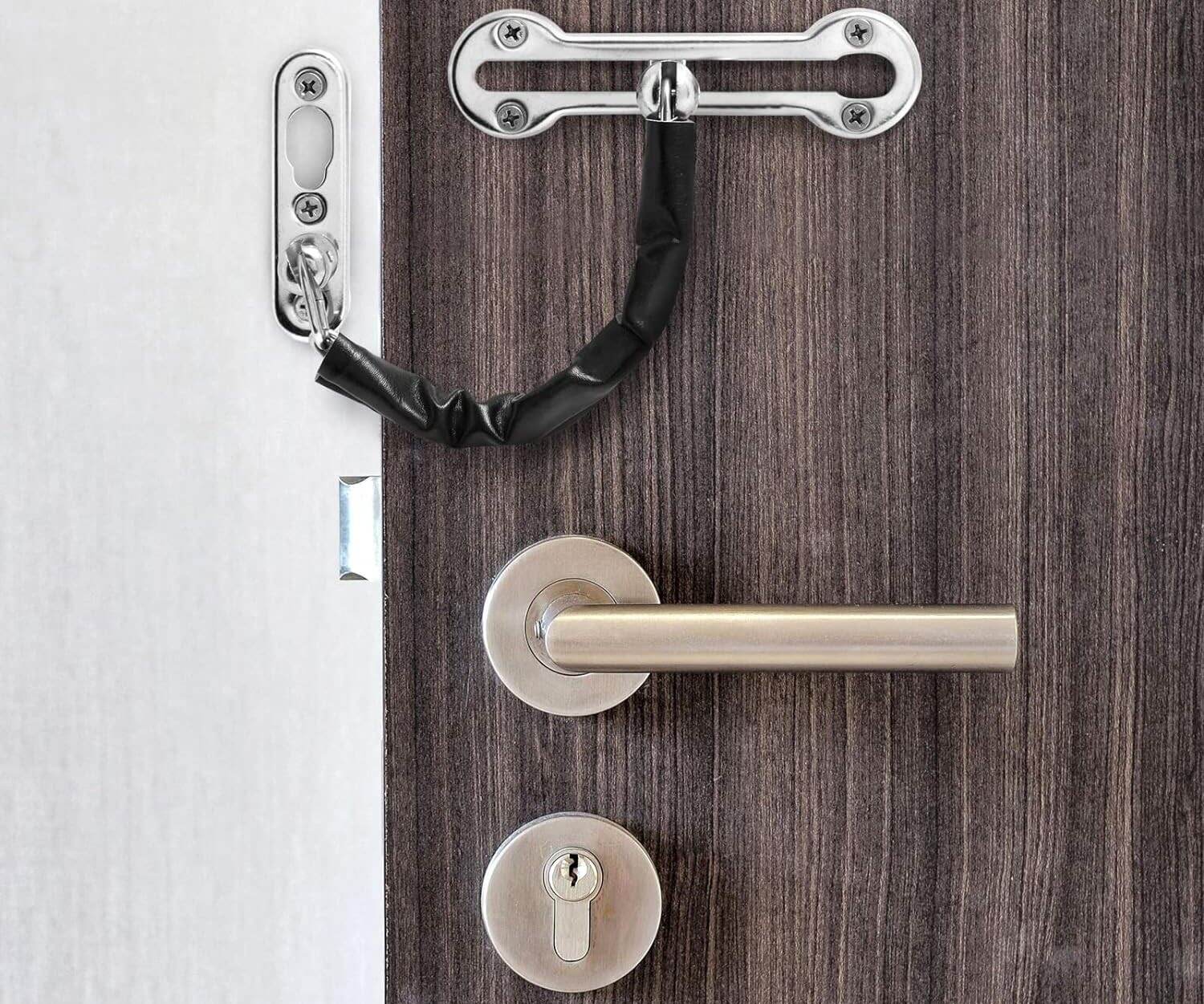

0 thoughts on “How To Tell What Type Of Siding You Have”